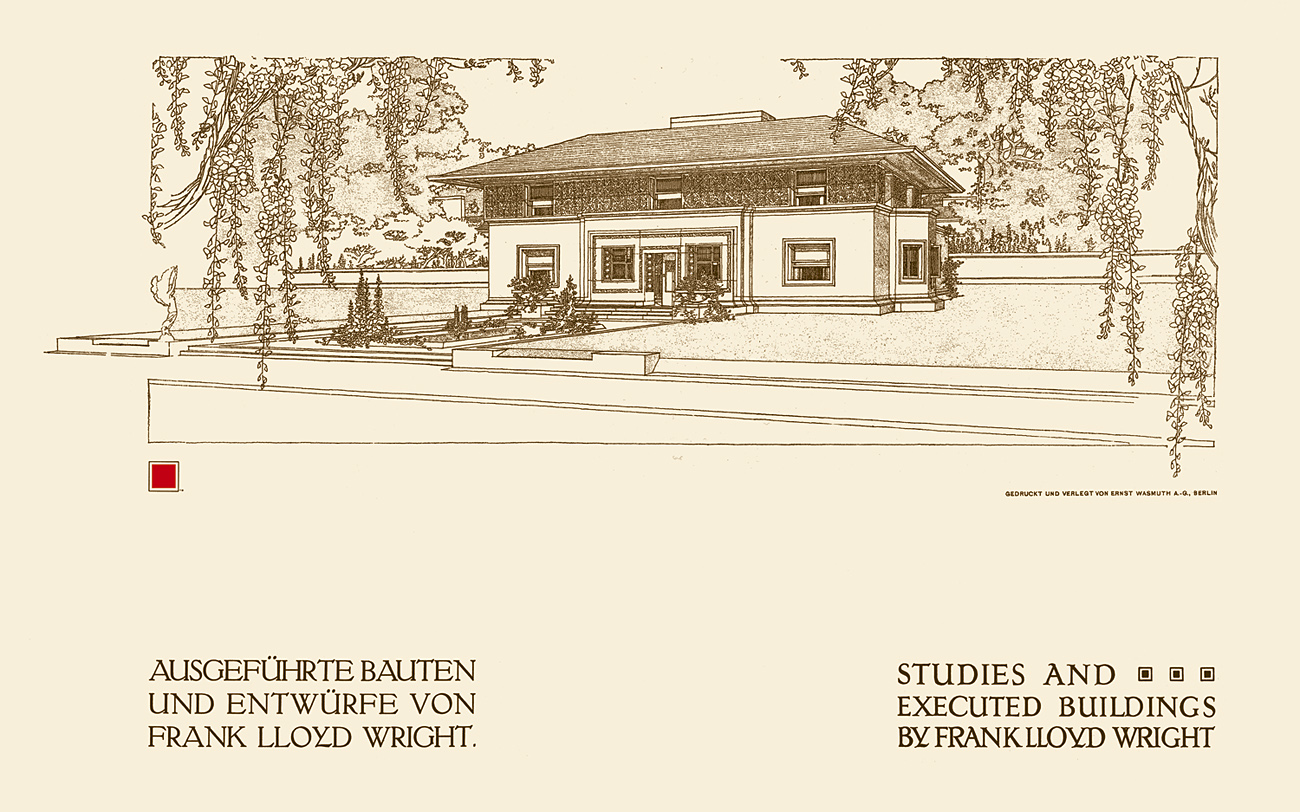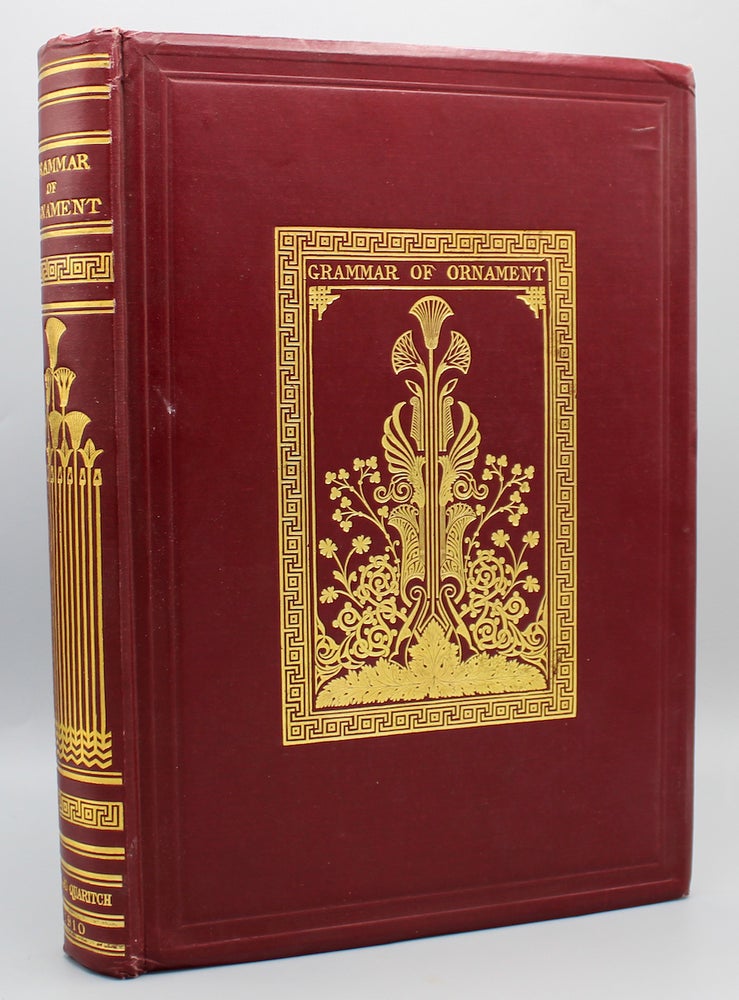
This guide is designed to accompany ARC 134/639 and lists the specific titles shown in the class sessions. Core rare books are listed on the Special Collections tab on the main Architecture subject page (under Information). Individual titles may be searched in Libraries Search by limiting to Special Collections.
(Prepared by Yarden Wallace)
Treatises are academic work that explains in a systematic way all aspects of a discipline or of a specific topic. While treatises were originally used to explain aspects of art, treatises are used in architecture to explain aspects of architecture design. Vitruvius’ De architectura would provide the model of the first early modern treatments of architecture.
Quiviger, F. (2001). Treatise. In The Oxford Companion to Western Art. : Oxford University Press. Retrieved 10 Sep. 2024, from https://www.oxfordreference.com/view/10.1093/acref/9780198662037.001.0001/acref-9780198662037-e-2623.
Who was Le Corbusier?
Swiss architect, urban planner, painter, writer, designer, and theorist, active mostly in France. His visionary books, startling white houses and terrifying urban plans set him at the head of the Modern Movement in the 1920s, while in the 1930s he became more of a complex and sceptical explorer of cultural and architectural possibilities.
Benton, T. (2003). Le Corbusier. Grove Art Online. Retrieved 17 Sep. 2024, from https://www.oxfordartonline.com/groveart/view/10.1093/gao/9781884446054.001.0001/oao-9781884446054-e-7000049930.
Archigram (Architecture + Gram) is an English architectural periodical, group and stylistic tendency of the 1960s. The periodical was founded by Peter Cook during his employment at the office of James Cubitt and Partners. Cook wanted to ensure that student projects were published.
Banham, R. (2003). Archigram. Grove Art Online. Retrieved 10 Sep. 2024, from https://www.oxfordartonline.com/groveart/view/10.1093/gao/9781884446054.001.0001/oao-9781884446054-e-7000003748.
Who was Leon Battista Alberti?
Italian architect, sculptor, painter, theorist, and writer. Alberti is best known for his contribution to the visual arts. Alberti established a theoretical foundation for the whole of Renaissance art with three revolutionary treatises, on painting, sculpture and architecture, which were the first works of their kind since Classical antiquity.
Davies, P., & Hemsoll, D. (2003). Alberti, Leon Battista. Grove Art Online. Retrieved 10 Sep. 2024, from https://www.oxfordartonline.com/groveart/view/10.1093/gao/9781884446054.001.0001/oao-9781884446054-e-7000001530.
Who was Andrea Palladio?
Italian architect, theorist and writer. More than any other Italian architect, he shaped the building culture of the following generations. As the last of the great Renaissance architects, he based his designs on Classical architecture, the idiom of which he converted with increasing virtuosity and independence into a repertory that was subsequently developed into the distinctive style that bears his name, Palladianism.
Beyer, A. (2003). Palladio, Andrea. Grove Art Online. Retrieved 17 Sep. 2024, from https://www.oxfordartonline.com/groveart/view/10.1093/gao/9781884446054.001.0001/oao-9781884446054-e-7000064879.
Who was Ernst May?
German urban planner, architect, and writer. May’s achievements were widely recognized in international planning and housing circles. His most important post-war work was the range of large-scale housing developments and planning projects that he carried out during the 1950s and early 1960s for cities such as Rheinhausen and Mainz (both 1953).
Bullock, N. (2003). May, Ernst. Grove Art Online. Retrieved 10 Sep. 2024, from https://www.oxfordartonline.com/groveart/view/10.1093/gao/9781884446054.001.0001/oao-9781884446054-e-7000056173.
Who was Ludwig Hilberseimer?
German-born teacher, architect, American urban planner, and critic. Hilberseimer’s style changed after 1918 from neo-classical details. His contribution to the debate on modern city planning was influential. Later in his career, he would emigrate to the USA where he would continue to work on urban planning in Chicago.
Hüter, K. (2003). Hilberseimer, Ludwig. Grove Art Online. Retrieved 10 Sep. 2024, from https://www.oxfordartonline.com/groveart/view/10.1093/gao/9781884446054.001.0001/oao-9781884446054-e-7000038081.
Who was Vitruvius?
Roman architect, engineer and writer, renowned for his treatise in ten books, On Architecture (Lat. De architectura), the only text on architectural theory and practice to have survived from Classical antiquity.
Dwyer, E., Kidson, P., & Pagliara, P. (2003). Vitruvius. Grove Art Online. Retrieved 18 Sep. 2024, from https://www.oxfordartonline.com/groveart/view/10.1093/gao/9781884446054.001.0001/oao-9781884446054-e-7000089908.
.jpg) Il Primo[-Quinto] Libro d’Architettvra di M. Sebastiano Serlio
by
Il Primo[-Quinto] Libro d’Architettvra di M. Sebastiano Serlio
by
Who was Sebastiano Serlio?
Italian architect, theorist, and painter, active also in France. He wrote one of the most influential architectural treatises of the Renaissance, although he began his career as a painter. His treatise comprised volumes (publisjed separately and in some cases posthumously) on aspects of architectural theory, and its visual emphasis gave it an important influence, especially in northern Europe.
Howard, D. (2003). Serlio, Sebastiano. Grove Art Online. Retrieved 17 Sep. 2024, from https://www.oxfordartonline.com/groveart/view/10.1093/gao/9781884446054.001.0001/oao-9781884446054-e-7000077738.
Who was Andrea Palladio?
Italian architect, theorist and writer. More than any other Italian architect, he shaped the building culture of the following generations. As the last of the great Renaissance architects, he based his designs on Classical architecture, the idiom of which he converted with increasing virtuosity and independence into a repertory that was subsequently developed into the distinctive style that bears his name, Palladianism.
Beyer, A. (2003). Palladio, Andrea. Grove Art Online. Retrieved 17 Sep. 2024, from https://www.oxfordartonline.com/groveart/view/10.1093/gao/9781884446054.001.0001/oao-9781884446054-e-7000064879.
Who was Le Corbusier?
Swiss architect, urban planner, painter, writer, designer, and theorist, active mostly in France. His visionary books, startling white houses and terrifying urban plans set him at the head of the Modern Movement in the 1920s, while in the 1930s he became more of a complex and sceptical explorer of cultural and architectural possibilities.
Benton, T. (2003). Le Corbusier. Grove Art Online. Retrieved 17 Sep. 2024, from https://www.oxfordartonline.com/groveart/view/10.1093/gao/9781884446054.001.0001/oao-9781884446054-e-7000049930.
Design compilations are collected works of a particular architect, time period, region, or style brought together into one or more volumes.
 Ausgeführte Bauten und Entwürfe / von Frank Lloyd Wright
by
Ausgeführte Bauten und Entwürfe / von Frank Lloyd Wright
by
Who was Frank Lloyd Wright?
American architect and designer. He was one of the formative figures for American and International modern architecture of the 20th century, with an extraordinarily large and influential body of work throughout the continental United States and Japan.
Siry, J. (2003). Wright, Frank Lloyd. Grove Art Online. Retrieved 17 Sep. 2024, from https://www.oxfordartonline.com/groveart/view/10.1093/gao/9781884446054.001.0001/oao-9781884446054-e-90000371150.
What was Bauhaus?
German school of art, design, and architecture, founded by Walter Gropius. It was active in Weimar from 1919 to 1925, in Dessau from 1925 to 1932 and in Berlin from 1932 to 1933, when it was closed down by the Nazi authorities. The school re-established workshop training, as opposed to impractical academic studio education. Its contribution to the development of Functionalism in architecture was widely influential. The origins of the school lay in attempts in the 19th and early 20th centuries to re-establish the bond between artistic creativity and manufacturing that had been broken by the Industrial Revolution.
Wick, R. (2003). Bauhaus. Grove Art Online. Retrieved 10 Sep. 2024, from https://www.oxfordartonline.com/groveart/view/10.1093/gao/9781884446054.001.0001/oao-9781884446054-e-7000006947.
 The Grammar of Ornament : Illustrated by examples from various styles of ornament
by
The Grammar of Ornament : Illustrated by examples from various styles of ornament
by
Who was Owen Jones?
English architect and designer. Jones believed passionately that the 19th century should produce a recognizable style of its own that would result not simply from the study of past styles but from the adoption of new materials. In attempting to carry through this ideology in his own work in the 1840s Jones relied heavily on Islamic sources and was much criticized as a result. Jones's involvement in the Great Exhibition brought his name prominently before the public both as an architect and as a decorator, and many commissions quickly followed.
Darby, M. (2003). Jones, Owen. Grove Art Online. Retrieved 18 Sep. 2024, from https://www.oxfordartonline.com/groveart/view/10.1093/gao/9781884446054.001.0001/oao-9781884446054-e-7000045113.
Who was Charles Garnier?
French architect. A master of the Beaux-Arts styles, he established an outstanding reputation, eclipsing the great Neo-classical architects who preceded him and exerting an important influence on succeeding generations in France and also in the USA.
Loyer, F. (2003). Garnier, (Jean-Louis-)Charles. Grove Art Online. Retrieved 18 Sep. 2024, from https://www.oxfordartonline.com/groveart/view/10.1093/gao/9781884446054.001.0001/oao-9781884446054-e-7000030886.
What is Beaux-Art Style?
Term applied to a style of classical architecture found particularly in France and the USA that derived from the academic teaching of the Ecole des Beaux-Arts, Paris, during the 19th and early 20th centuries. The style is characterized by its formal planning and rich decoration.
Gournay, I. (2003). Beaux-Arts style. Grove Art Online. Retrieved 11 Sep. 2024, from https://www.oxfordartonline.com/groveart/view/10.1093/gao/9781884446054.001.0001/oao-9781884446054-e-7000007176.
Who was Georges-Eugene Haussmann?
Haussmann was a French administrator, urban planner, and financier. He was well-known for modernizing Paris by introducing new amenities, such as a sewage system and railway service. Haussmann had to consider the growth in population and the adaptation of the city to industrial life while facilitating methods of control against riots or warfare.
Dilet, M. (2003). Haussmann, Georges Eugène, Baron. Grove Art Online. Retrieved 11 Sep. 2024, from https://www.oxfordartonline.com/groveart/view/10.1093/gao/9781884446054.001.0001/oao-9781884446054-e-7000036932.